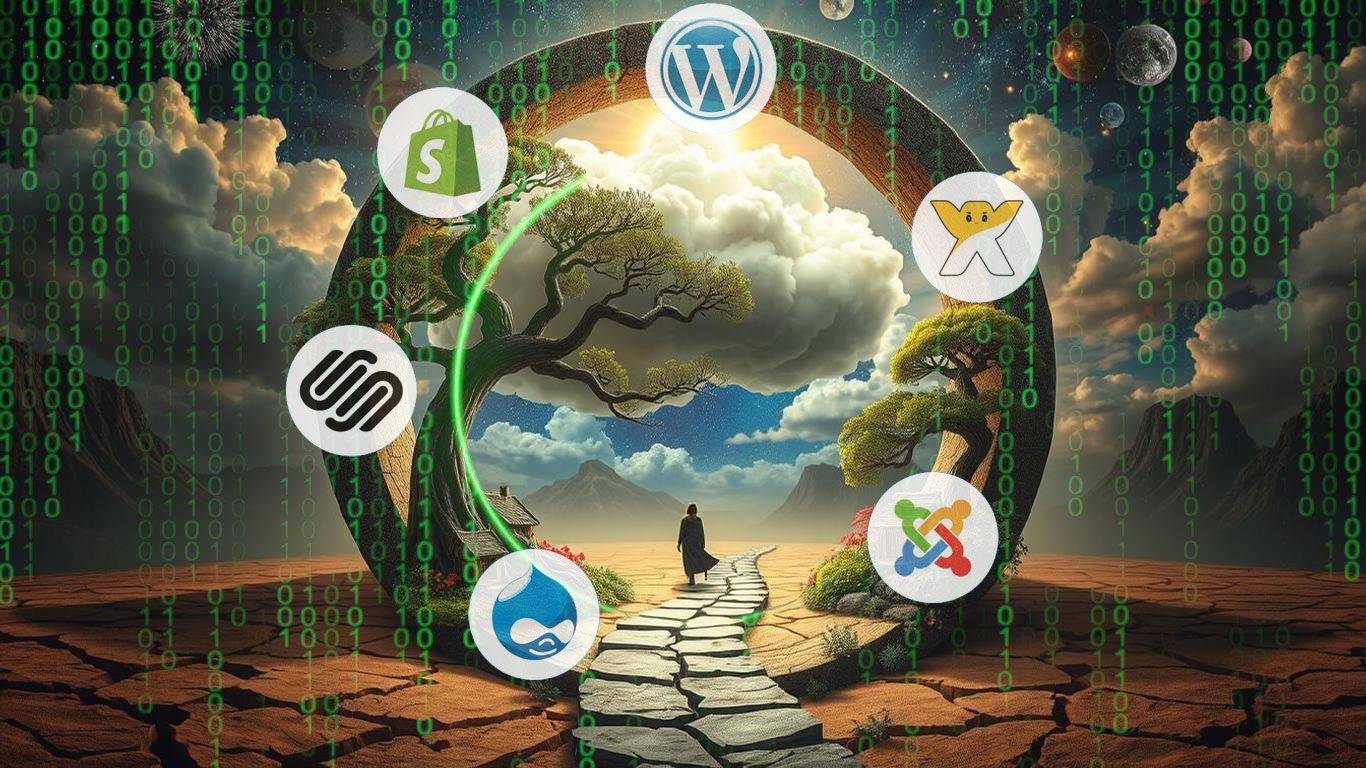In the digital age, a business’s online presence is tied to its website. Before 2000, web development required manual HTML coding until tools like Dreamweaver emerged, followed by major CMS platforms like Drupal, WordPress, Joomla, and Magento, which revolutionized web creation. Over time, simpler platforms like Squarespace, Wix, and Shopify entered the market.
The “Big 3” CMS platforms—WordPress, Joomla, and Drupal—each catered to different needs. Squarespace, Wix, and Shopify mostly suited micro-businesses, WordPress mostly served micro to small businesses, and Joomla worked mostly for mid-sized and below. However, Drupal was seen as the best, covering all as well as enterprise-level solutions due to its flexibility, security, and customizability, with Drupal 7 becoming a benchmark supported by a vast array of modules which brought the necessity of module compabilities.
The introduction of Drupal 8 brought significant changes for this reason, including an engine overhaul, but it led to customization difficulties and almost dropping eCommerce capabilities. As a result, many users have resisted upgrading from Drupal 7, even now that 8 and 9 are already dead and Drupal 10’s expiration set for 2026.
This difficulty, combined with the rise of easier-to-use platforms like Squarespace, Wix, and Shopify, has led to a decline: in market share, popularity dropped from 3rd to 6th, and its users also dropped 20% since the introduction of Drupal 8 in 2016. These newer platforms have capitalized on their simplicity and eCommerce features, making them more appealing to a broader audience.
Yes, it’s a huge pity that the world may lose the best CMS in the future, but we will continue to use it for as long as we can since no competitor will come close to it anytime soon.
What is in your mind?
